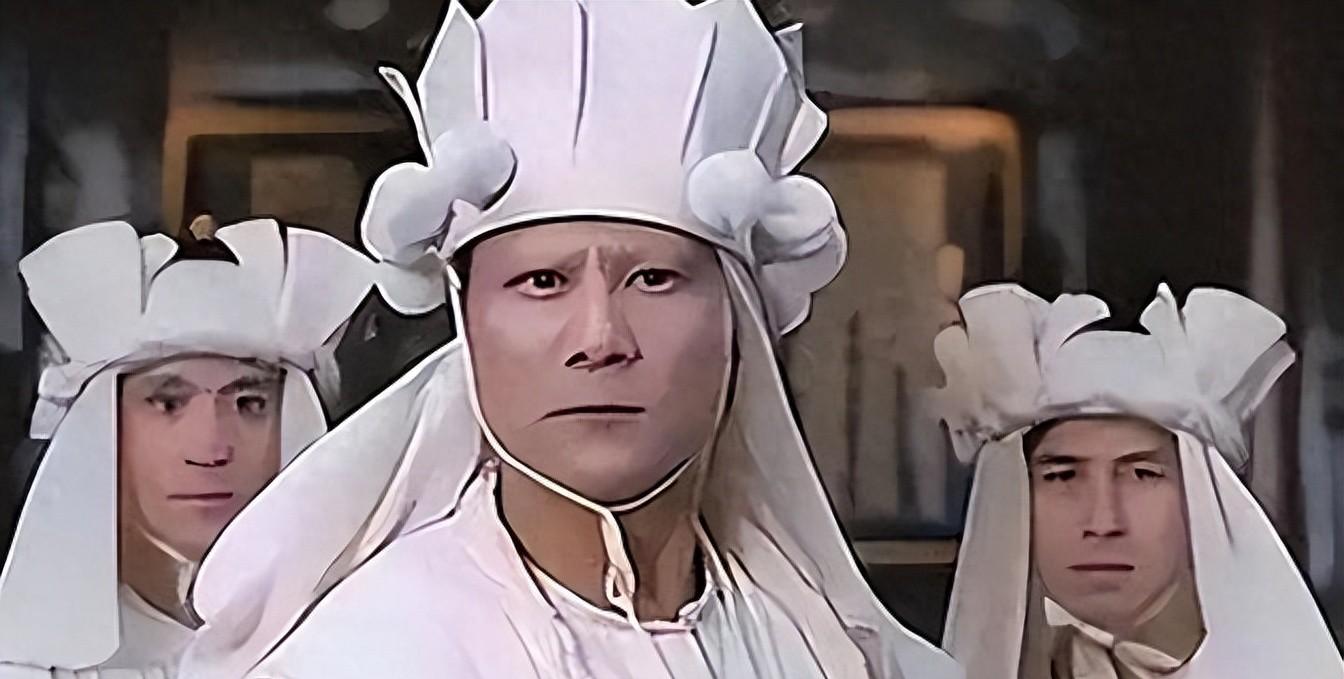The White Lotus Sect may sound like a cult in a costume drama, full of conspiracy and blood, shocking scenes, complex characters, and ups and downs in the plot. However, the White Lotus Cult in reality is far more complex and dangerous than it is presented in film and television works, it is a huge force that has stirred up Chinese history for hundreds of years, and it is far from being a simple cult. We often only see it as a "rebel" in film and television dramas, but what kind of existence does it have in the long river of history?

The origin of the White Lotus Sect is relatively early, dating back to the end of the Ming Dynasty. Unlike today's commonly understood religious organizations, the role of the White Lotus Cult in the early days was not limited to religious propagation, and its core idea was to promote "salvation" and "resistance to tyranny". Especially in the early days of the Qing Dynasty, it quickly became one of the civil resistance forces. As this religion greatly influenced the vast peasant class, especially in poor areas, the influence of the White Lotus religion gradually spread to all levels of society.
Why is the White Lotus Cult not just a "cult"? There are deep historical roots behind this. It is not simply religiously at its core, but a mixture of social grievances. Its impact in Chinese history is not only reflected in religious conflicts and armed uprisings, but also in its role as a driving force for social change. Especially under the rule of the Qing Dynasty, the White Lotus Cult became a resistance force for the masses of the people, and the idea of "saving the country and saving the people" it preached was deeply rooted in the hearts of the people, and many people threw themselves into it, seeing it as the only hope to change their fate.
The existence of the White Lotus Cult is not accidental, but the product of the profound contradictions in Chinese feudal society. In the face of the hardships of the people's lives and the extremely uneven distribution of social resources, the White Lotus Sect caters to the people's dissatisfaction with the status quo and has become a symbol of some kind of "salvation". Many people believe that joining the White Lotus Sect can change the fate of themselves and their families, and even promote great changes in society. This belief also provided the White Lotus with a strong mobilization capacity, making it the core force of many peasant uprisings.
The biggest difference between the White Lotus Cult and other religions or rebel organizations is its strong organization and deep mass base. It is not a mere faith-based organization, but a group with its own unique political advocacy and social mobilization capacity. Most of the White Lotus cult in movies and novels portrays it as a place full of evil and lawbreakers, but in fact, the White Lotus cult has fought against the government many times in history, and it can even be said that its existence is closely related to many large-scale social changes in Chinese history.
Of course, the history of the White Lotus Sect has not been smooth sailing. Its violent and extreme methods have indeed brought countless injuries and chaos. Many fell victim to the war because of their blind following. However, history is not made up of extremism alone. The emergence of the White Lotus Cult is precisely a reflection of social injustice and the suffering of the people. It is not a simple "bad" force, but a complex historical phenomenon. It is full of struggle, sacrifice and hope, and it also reflects the tragedy of that era.
Some refer to the White Lotus as a "rebel" and others as a "revolutionary". In fact, it is more like a product of an era, and under that specific historical condition, it reacted and promoted social change. The White Lotus Cult we see today is far from being as simple as it is portrayed in movies and novels. In understanding it, we must look beyond the surface and see the underlying social context and historical conditions within.
Looking at today's film and television works, the White Lotus Cult is still a frequently cited subject, and it is often used to reflect the dark side of human nature. However, the film often ignores the deep social issues behind the White Lotus Cult. It is not a purely evil organization, but a reaction against a deep social contradiction and historical background. We often see in film and television dramas, the members of the White Lotus Sect are ruthless and unscrupulous, but in reality, the social composition of the members of the White Lotus Sect is far more complex than the characters in the movie. From the bottom of society to the top of the government, and even some landlords and gentry are involved, the White Lotus Sect is not a single "villain" organization, but a vast network of multiple forces, including different classes and interest groups.
For our society today, understanding the historical significance of the White Lotus Sect is not simply historical archaeology. The spirit of resistance and the social movement of the people it represents are worthy of our deep thought. Although our society today is far from religious riots like the White Lotus Cult, some root causes still exist. The gap between the rich and the poor and social injustice still plague China, and how to solve these problems can fundamentally prevent the recurrence of the White Lotus-style rebellion.
Have you ever been curious about the White Lotus in the movie? Do you think these "villain" characters are too exaggerated? In fact, the historical and social background behind it is what we really need to understand. What do you think of the history of the White Lotus? What does it mean for our society today?